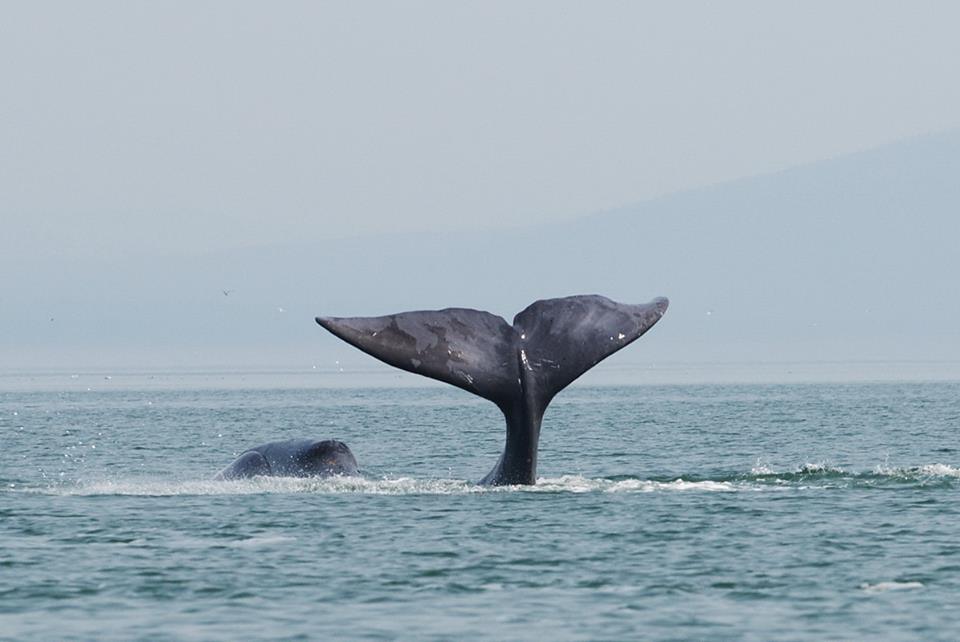Could the DNA of animals whose lifespans vastly exceed those of humans eventually extend average human lifespans into the hundreds of years? Once upon a time, that was the stuff of science fiction. Now — well, now it’s still the stuff of science fiction, but it at least feels more plausible in 2023 than it did in, say, 1973. Some of that has to do with the advances in genetics that have developed in recent decades; some has to do with scientists’ improved knowledge of the animal kingdom.
That improved knowledge is nothing to sneer at. There’s the matter of a type of jellyfish that can literally reverse its own aging; there’s also a species of shark that lives for hundreds of years. A new article at Literary Hub by Nicklas Brendborg, author of the book Jellyfish Age Backwards: Nature’s Secrets to Longevity, helps to put all of these discoveries into context.
Arguably the most resonant part of Brendborg’s argument on longevity — human and non-human alike — regards the ways that the two connect. To cite one example, he points to two species that inhabit the same ecosystem and both have lifespans that can be measured in hundreds of years — the Greenland shark and the bowhead whale. While the former gets a lot more press for its long lifespan, the latter might be able to help more with human longevity research.
Why? It has to do with biological similarities. “While the surface characteristics of a bowhead whale don’t resemble ours either, its inner wiring is much closer to humans than that of the Greenland shark,” Brendborg writes.”Whales have large brains, even for their size, four-chambered hearts like us, lungs and many other common characteristics.”
It’s a compelling reminder of what the science behind longevity can teach us — and a reminder of where we should be looking.
Thanks for reading InsideHook. Sign up for our daily newsletter and be in the know.


















